CatchPoint cAMP Fluorescent Assay Kit
CatchPoint cAMP Fluorescent Assay Kitとは
Gタンパク質共役型受容体(GPCR)を介した細胞シグナリングは、下流のエフェクターであるカルシウムや環状AMP(cAMP)をモニターすることで評価できる。アデニル酸シクラーゼの活性化に応答して産生されるセカンドメッセンジャーであるcAMPのレベルをモニターすることは、GPCRのアゴニストやアンタゴニストをスクリーニングする最も一般的な方法の一つである。
CatchPoint cAMP Fluorescent Assay Kit
- ・高親和性試薬は、cAMPレベルが低い場合の感度に最適化されており、他のアッセイで結果が得られない場合でも確実に結果が得られる。
- ・ロバスト性フォーマットにより、着色化合物や蛍光化合物による干渉を受けにくく、結果の信頼性が向上。
- ・迅速なシグナル発現(10分未満)とターミネーションステップがないため、自動化やハイスループットスクリーニングに対応した柔軟なリードタイムが得られます。
- ・定量メソッドにより、サンプル中のcAMPを正確に測定できる。
cAMP Fluorescent Assay Kitの高親和性試薬は、cAMP濃度が低いアプリケーションにおける感度と精度のために最適化されている。1回の洗浄ステップで、現像ステップの前に未結合物質を除去するため、このアッセイは着色または蛍光性の試験化合物による干渉に非常に強い。特許取得済みのStoplight Red基質を使用して安定した蛍光出力を生成するため、基質添加後わずか10分、または最長24時間でアッセイの読み取りが可能です。
CatchPoint® cAMP Fluorescent Assay Kitの利点:
CatchPoint cAMP Fluorescent Assay Kitのデータ
-
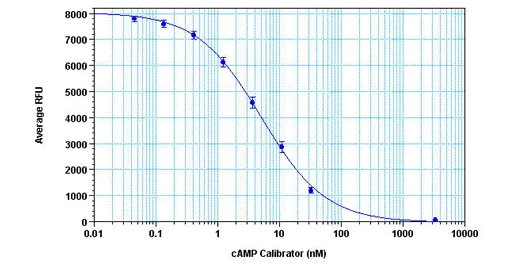
cAMP 検量線
CatchPoint® cAMP Fluorescent Assay Kitの検量線は、SpectraMax® M5マルチモードマイクロプレートリーダーで作成しました。データは、Stoplight Red基質添加の24時間後に取得しました。cAMP検量線のEC50は5.1 nMでした。 -
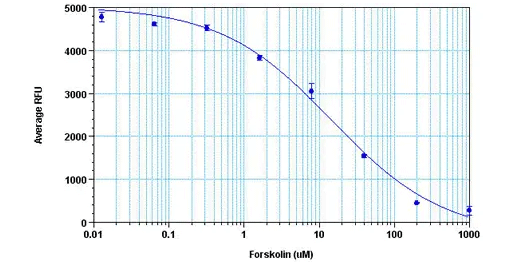
HEK293セルにおけるフォルスコリンの用量反応
10,000個の細胞を20μLの容量で15分間刺激した後、溶解し、CatchPoint cAMP Fluorescent Assay Kitを用いて分析した。データはSpectraMax M5 マルチモードマイクロプレートリーダーで作成した。
CatchPoint cAMP Fluorescent Assay Kitの技術
-
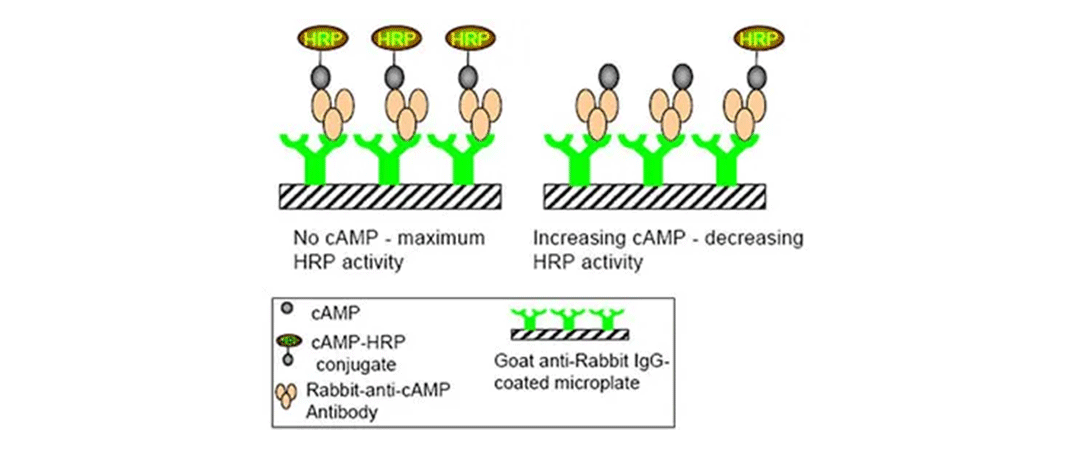
CatchPoint cAMP アッセイ原理
サンプルまたは標準物質中のcAMPは、ホースラディッシュペルオキシダーゼ(HRP)標識cAMP結合体と抗cAMP抗体の結合部位をめぐって競合する。cAMP非存在下では、HRP-cAMP結合体のほとんどが抗体に結合します。cAMP濃度が高くなると、結合するHRPの量が競合的に減少するため、HRP活性の測定値が低下する。
CatchPoint cAMP Fluorescent Assay Kitに対応する製品・サービス
-
SpectraMax i3x マルチモードマイクロプレートリーダー
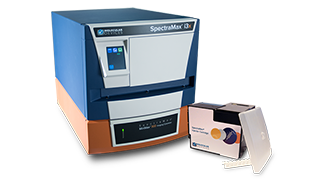
研究ニーズに合わせて進化できるマイクロプレートリーダー
-
SpectraMax iD3/iD5 マルチモードマイクロプレートリーダー
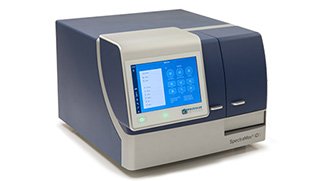
大型タッチスクリーンを備えた高感度マイクロプレートリーダー
-
Gemini XPSおよびEM マイクロプレートリーダー
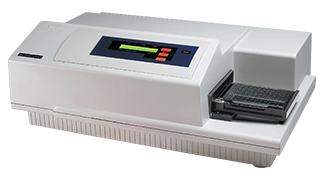
フィルター不要の蛍光検出
-
SpectraMax Paradigm マルチモードマイクロプレートリーダー
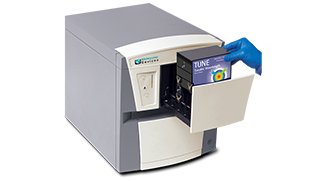
高速で設定可能なマイクロプレートリーダー1台でハイスループットスクリーニングが可能
-
FlexStation 3 マルチモードマイクロプレートリーダー
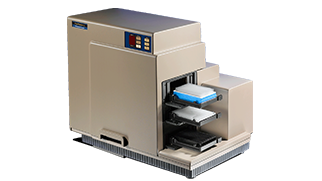
イオンチャネル・GPCR活性の測定に威力を発揮する
自動マルチチャンネルピペッター搭載マルチマイクロプレートリーダー -
FLIPR Penta ハイスループットセルベーススクリーニングシステム
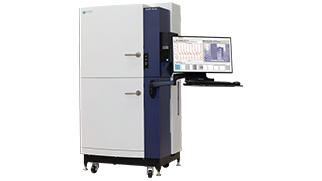
リード化合物の同定および化合物の安全性評価を目的とした
ハイスループットカイネティックスクリーニングに理想的なシステム -
SpectraMax Mシリーズ マルチモードマイクロプレートリーダー
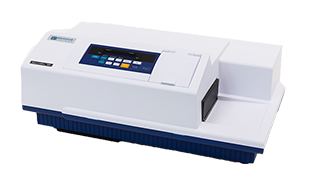
妥協ない性能と低価格を両立したマルチモードマイクロプレートリーダー
-
SpectraMax Mini マルチモードマイクロプレートリーダー
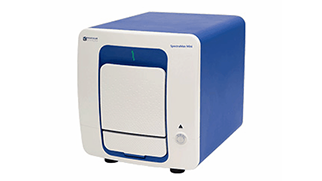
妥協ない性能と低価格を両立したマルチモードマイクロプレートリーダー